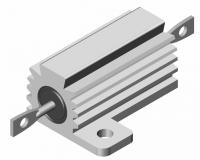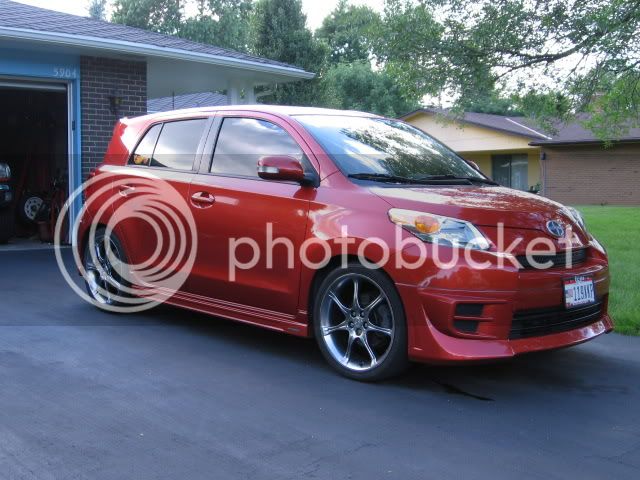Dangerous Dave
The older I get, the faster I was...
I recently installed an HID kit that I bought from a company called DDM Tuning in my Scion xD. Nice kit, well made, very compact ballasts. Works great except for one quirk...the high beam indicator no longer works on the dash. The HID kit plugged into one headlight connector only (oem bulbs were dual filament H4s, same as the FJR). If I plug a bulb into the empty connector, the indicator works fine. So I'd like to find a resistor that I can plug into the empty connector to simulate the load of a bulb. Problem is, Radio Shack doesn't sell anything even remotely close to the specs of the H4 bulb. It's a 12v 55w bulb and the resistance across the filament is ~ 1.2 ohms. So...can any of you electrical whizz-bangers help me sort this out??
Tanks!
Tanks!

































































